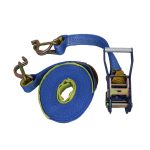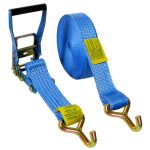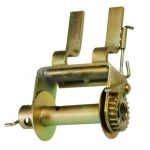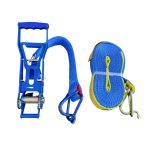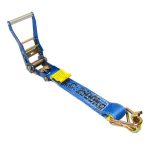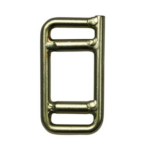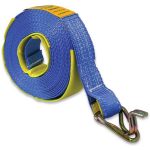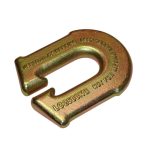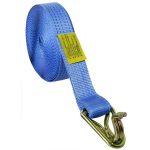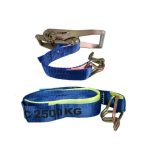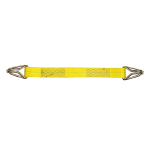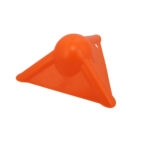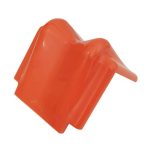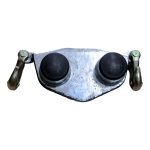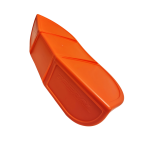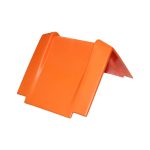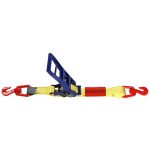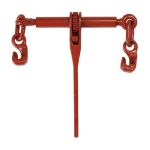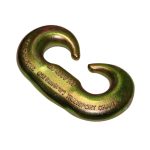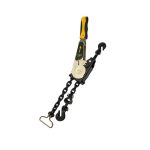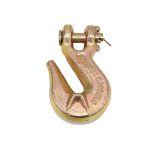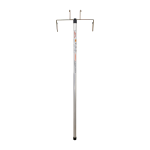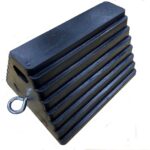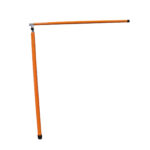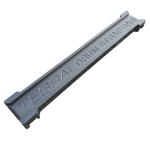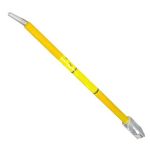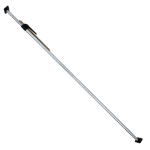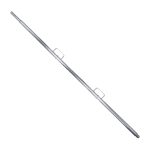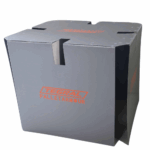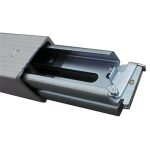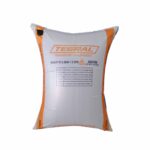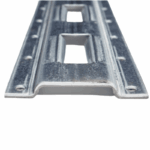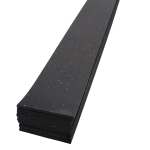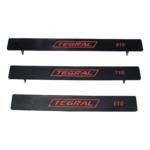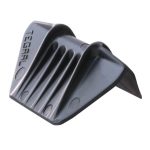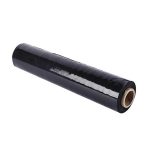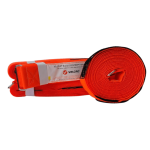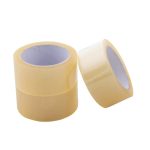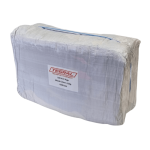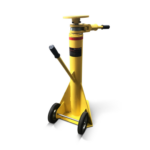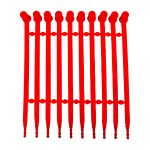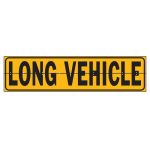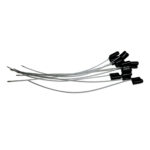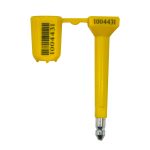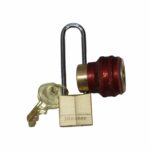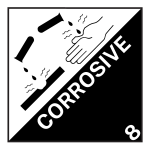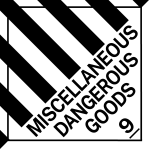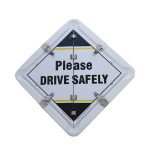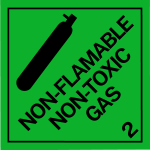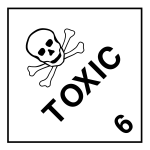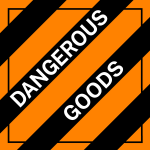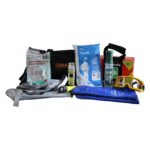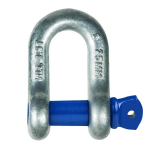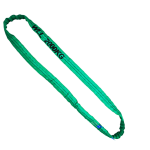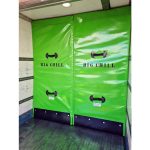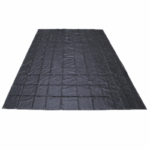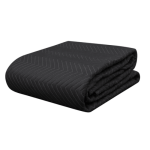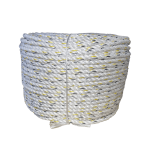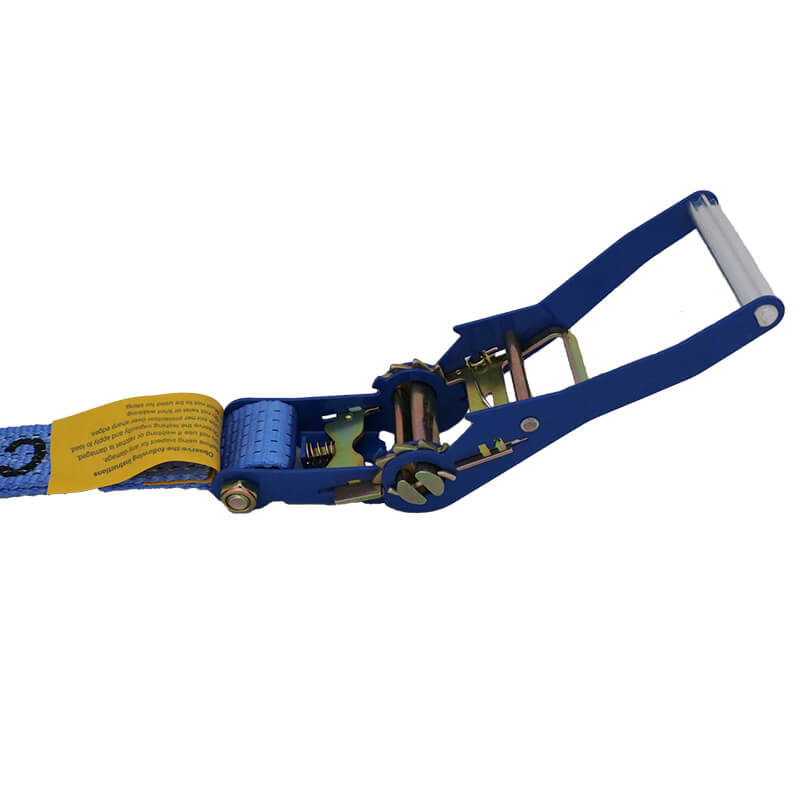Transporting motor vehicles, whether on specialised carriers or general freight vehicles, demands adherence to strict safety protocols to ensure the protection of both the vehicles and the surrounding environment. Here are some of the essential steps to ensure safe transportation of motor vehicles.
1. Utilise Proper Equipment: Modern light vehicles come equipped with specialised underbody brackets designed to facilitate secure lashings. These brackets, tailored for vertical lashings, are particularly suitable for use with purpose-built car carriers. Avoid transporting vehicles unrestrained on car carriers, even if they seem contained by the carrier’s structure.
2. Choose Appropriate Restraint Methods: Restrain motor vehicles using wheel restraints, tie-down restraints, or direct lashings. When attaching lashings to axles or wheels, ensure they do not damage brake pipes, hoses, anti-lock brake sensors, or other components critical to vehicle operation.
3. Wheel Restraint: When employing wheel restraints, attach direct lashings or tie-down lashing assemblies to the vehicle’s wheels. Prevent wheel rotation by utilising chocks or recesses in the deck; otherwise, tie-down restraints may fail to function effectively.
4. Tie-Down Restraint: Utilise vertical chains or straps underneath the vehicle for tie-down restraints. Tension them using a fixed winch, ensuring the wheels remain immobilised by chocks or deck features.
5. Direct Restraint: For direct restraint, attach restraints to axles, suspension, or designated lashing points. Angle direct lashings at 25° to the horizontal to minimise bounce and within 30° of the carrying vehicle’s centreline. Employ at least two direct lashings at each end of the vehicle to distribute downward force evenly across all wheels.
6. Safety Measures: Only utilise recovery winches with a positive lock mechanism for load restraint. Tension the winch to pull down on one end of the vehicle at a minimum of 25° or exert an equivalent force of 20% of the weight on the axle at that end.
7. Regular Inspections: Prioritise regular inspections of tire pressure before and during transit. Remember, wheel restraint and tie-down methods rely on tires remaining inflated; any loss of air compromises the effectiveness of the restraints.
Transporting motor vehicles requires meticulous attention to detail and adherence to established safety guidelines. By employing proper equipment, choosing appropriate restraint methods, and conducting regular inspections, transportation professionals can ensure the secure transit of motor vehicles, safeguarding both the vehicles and the surrounding environment.




